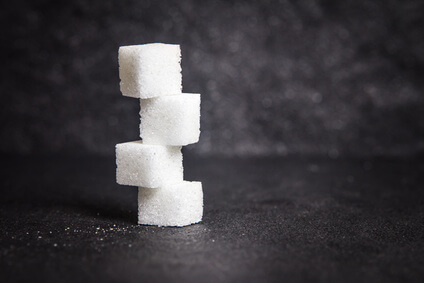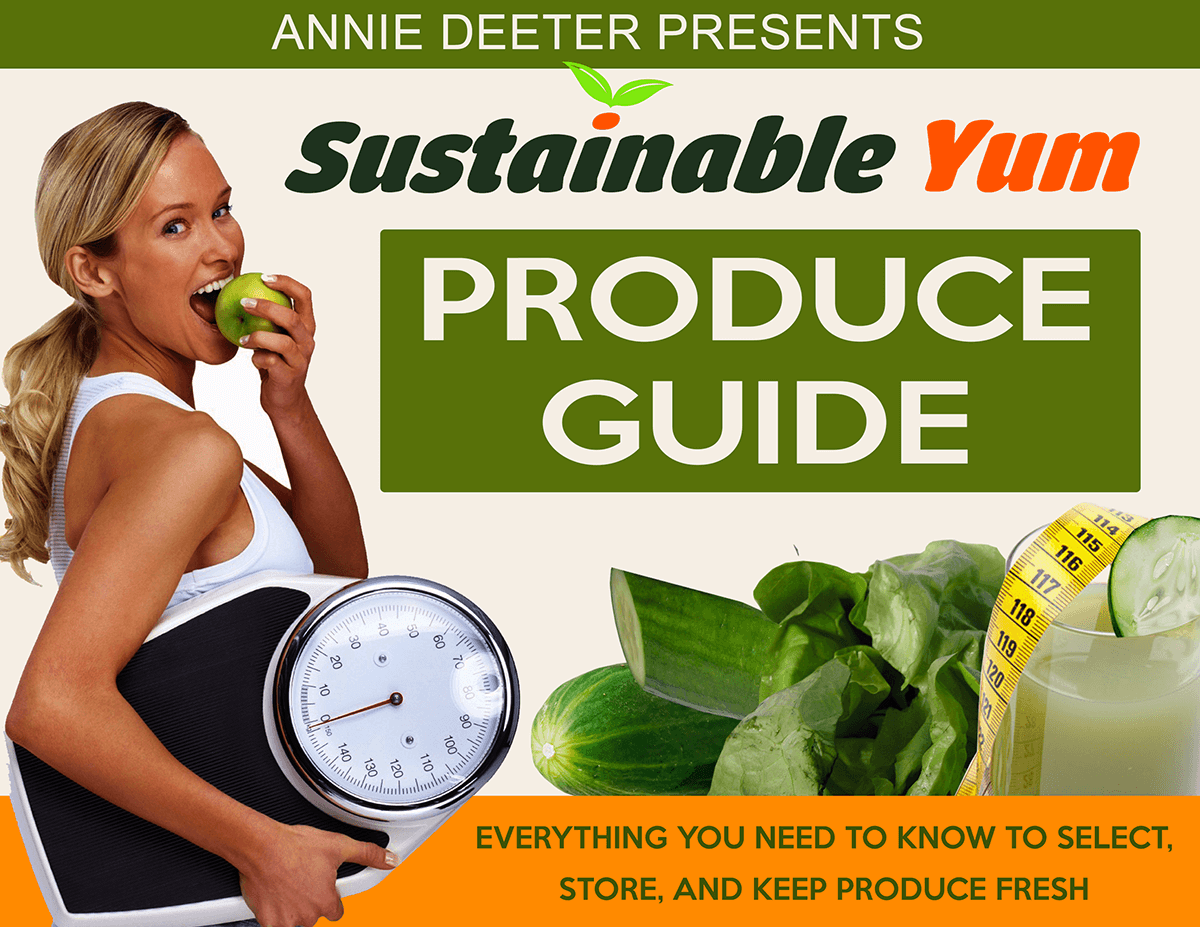If you’ve spent any time reading about healthy food and healthy diets, you undoubtedly know that sugar is not healthy. But did you know that sugar has driven the rates of diabetes and diabetes type illnesses in the US to 1 in 3 Americans? Or that the cost of these illnesses is now increasing faster than the GDP? This is a serious health challenge, and it looks as if the FDA may at long last have made a significant move in the direction of acknowledging the problem. Or at least letting Americans see the reality of the problem in their food labels.
Last month the FDA announced the new nutrition information labeling guidelines were finally out – after two years of to-ing and fro-ing, and it looks a whole lot like the big sugar reveal.
Make no mistake this is all about the food industry, and the changes in the labeling that will be visible to the consumer are the ‘added sugars’. These are sugars in a wide variety of forms created by the food industry that are hidden from the label because they are not added as ‘sweeteners’ per se.
Instead, they are added to perform a myriad of functions to make foods more appealing, provide longer shelf life, or perform some other function in the processing of the food than simply sweetening it.
If you gauge the reaction industry has to any new or proposed guidelines as an indicator of the veracity of those new guidelines, then these new rules hit a bulls-eye.
Here is the statement issued by the Sugar Association, about the new ruling which will put these guidelines in place between now and the summer of 2018.
“The extraordinary contradictions and irregularities, as well as the lack of scientific justification in this rulemaking process are unprecedented for the FDA,” it said in a statement. “We are concerned that the ruling sets a dangerous precedent that is not grounded in science, and could actually deter us from our shared goal of a healthier America.”
Sugar. Some would argue that it is the biggest hidden danger in the modern food system.
The modern story of the dangers of sugar begins with a British nutrition professor named Yudkin who wrote the book Pure White and Deadly in 1972, as Ian Leslie of the Guardian noted in his April 2016 piece The Sugar Conspiracy
““If only a small fraction of what we know about the effects of sugar were to be revealed in relation to any other material used as a food additive,” wrote Yudkin, “that material would promptly be banned.” The book did well, but Yudkin paid a high price for it. Prominent nutritionists combined with the food industry to destroy his reputation, and his career never recovered. He died, in 1995, a disappointed, largely forgotten man.”
Now, more than 40 years later, the FDA has finally stepped up to the plate to change the labeling rules so that the food industry will be forced to reveal how much hidden sugar is in the foods they produce.
This might not seem like a very big deal, particularly if you do not know how the food industry uses all types of sugars to process, and preserve the foods it manufactures. Sugar is used in a vast array of forms and combinations developed over the last century to help preserve and prolong the shelf life of foods. Sugar, it turns out, is a great preservative.
Pediatric endocrinologist Dr. Robert Lustig and Dr. Jordan Shlain are two medical professionals who have taken on the battle of educating the world about the dangers of sugar. Lustig’s video “Sugar, The Bitter Truth” was published on youtube in 2009. And while I didn’t even know it existed for another year, when my husband and I watched it, it became the topic of our conversation for weeks as we considered the various turns our dietary habits had taken over the years.
Now, six years later, any processed foods at all in our kitchen are so rare that we have few examples of labels available to read. Dr. Shlain’s Institute for Responsible Nutrition is a resource I’ve only now encountered as a result of the news about the FDA’s new labeling changes. But clearly both of these men care passionately about our health and the very real threat that sugar poses.
So what is the big news and what does it mean?
According to John Battelle in his interview with Dr. Shlain on the subject,
“…the news is stunning. Among other changes, the FDA is requiring all food manufacturers to identify and call out all “added sugars” in their products. Previously, these added sugars were hidden in the “Total Carbohydrates” section of the label, and only naturally occurring sugars were called out. Take a look at the FDA-provided comparison of sugar labels — I’ve circled the shift in sugar content:

New FDA rules will require that all sugars used in processed foods be identified on food labels, as well as what percentage of the foods those sugars make up.
“That looks like a twelve-fold increase in reported sugars in this one example, but this example isn’t exactly accurate — “Total Sugars” has in the past included added sugars, but until now those added sugars were not called out. The processed food industry regularly injects an extraordinary amount of sugar to our diet — but until last week, consumers weren’t informed of that fact. “
Exactly what impact this new labeling will have is not entirely clear, according to the media. Some reports suggest “only the well-to-do and those already at a healthy weight” actually read the labels, while others claim, “8 out of 10 Americans rely on nutrition labels when making purchasing choices“. However, the numbers that the food industry is currently keeping well hidden will definitely be on the labels, and anyone doubting the truth of the existence of hidden sugars will no longer be left guessing.
Of course, good nutrition is not just about labels or about avoiding sugars. It’s also about eating real food produced in healthy living soils, eating fresh food and eating food that is prepared in ways that promote the greatest nutritional value of those foods being delivered to our bodies.
While there is another even more entrenched political reality that ties the American economy to sugar and to sugar production, which also includes government subsidies and tax breaks for sugar and food producers, there is another conversation to be had that is all about the reclaiming of our own health and food through our own local and personal actions and efforts.
We do not need to rely on the large food manufacturers for our sustenance and our well being. The rapid expansion and growing popularity of home-grown and locally produced food, small farms, community gardens, commercial kitchens and farmers markets demonstrate a growing awareness and choice for healthier foods by many Americans.




Leave A Comment